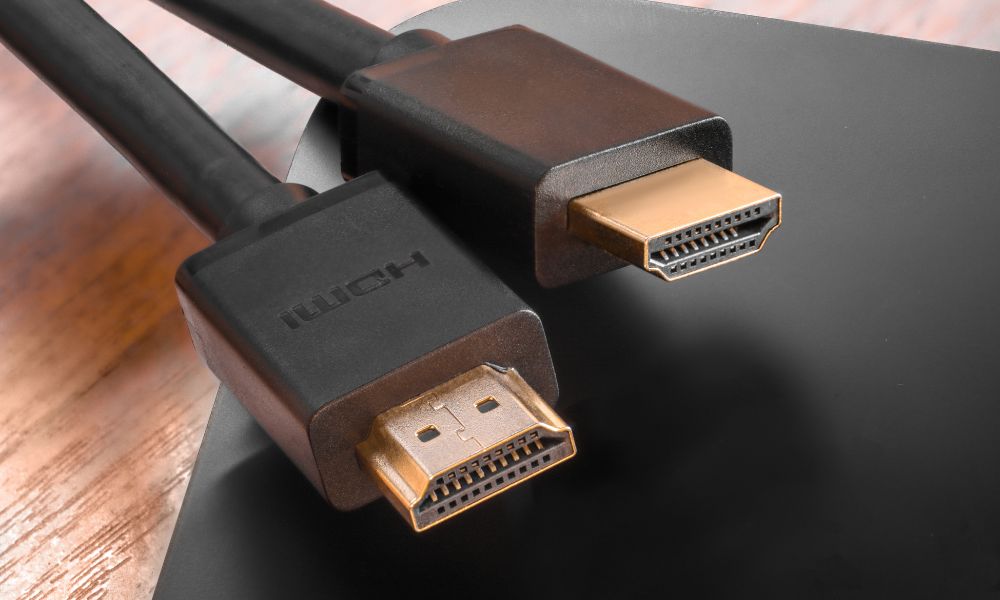
As technology advances, our needs for better and more efficient gadgets evolve. High-resolution monitors are crucial for creating a great visual experience. Choosing the right type of cable for 144Hz is essential for ensuring the best display. Read on to learn the different types of cables you may need for this frequency to help you make the best choice for your needs.
Understanding 144Hz Monitors
Before discussing the best cables to use, we’ll explain what a 144Hz monitor is and why it is popular among businesses and tech enthusiasts. A 144Hz monitor refers to a display that refreshes 144 times per second. This high refresh rate significantly improves the user experience, particularly for gaming, content creation, and editing. Monitors with 144Hz provide smoother animations and reduced motion blur.
DisplayPort
DisplayPort cables are ideal for 144Hz monitors because they boast a high bandwidth and support some of the highest refresh rates and resolutions available. DisplayPort 1.2, for example, supports a 1080p display at 144Hz. If you require higher resolutions and refresh rates, DisplayPort 1.4 would support 4K resolutions at 120Hz or even 8K resolutions at 60Hz.
HDMI
HDMI cables are often the first choice when connecting monitors to various devices. However, it’s important to understand that not all HDMI cables provide equal performance. You’ll need to choose the right HDMI cord for a 144Hz monitor.
HDMI 2.0 is capable of supporting 1440p at 144Hz, while HDMI 2.1 offers even better performance, supporting up to 4K resolution at 144Hz! If your monitor and device both support HDMI 2.0 or above, they will work exceptionally for a 144Hz monitor.
Dual-Link DVI
Though less common, Dual-Link DVI cables are suitable for 144Hz monitors at 1080p resolution. Dual-Link DVI provides enough bandwidth to support 1080p at 144Hz, but it may struggle with higher resolutions. As new monitors and graphic cards phase out DVI ports, this type of cord will become less practical.
Factors To Consider
When choosing the most suitable cable for your 144Hz monitor, you should consider a few factors. Examine your monitor’s supported resolution, refresh rates, and the computer parts and accessories it needs, like the ports and adapters. Additionally, the cable length necessary for your setup matters because signal degradation may occur with longer cords. Consider any future upgrade plans, as well. If you’ll invest in advanced monitors or graphics cards in the future, opt for cables with higher specifications.
The cable type you select depends on many factors. Choosing the right cable for 144Hz is a critical step in optimizing the visual performance of your monitor. Use these recommendations to unlock the full potential of your 144Hz monitor.



